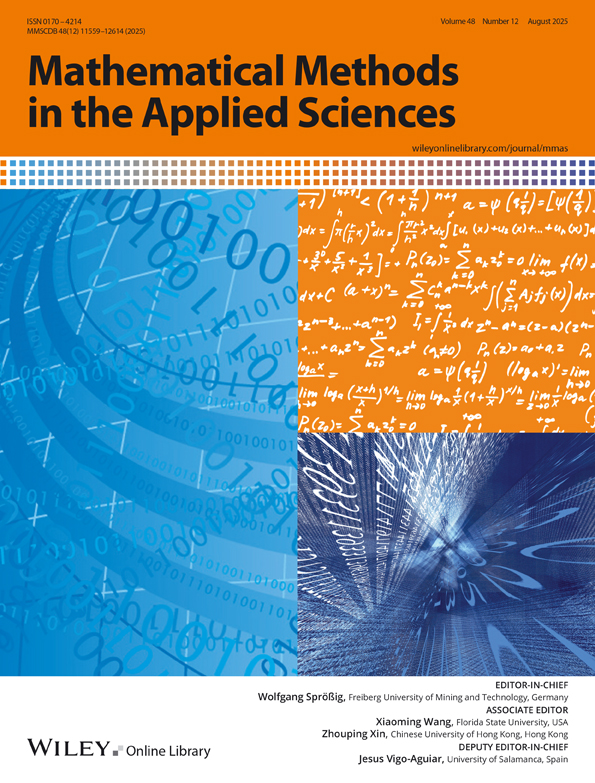Wireless Sensor Network Disease and Numerical Scheme Based on Newton Polynomial Under Fractal–Fractional Operator
Funding: This research work was funded by Anhui Province Higher Education Science Research Project (Natural Science), 2023AH050487.
ABSTRACT
The security of the network is destroyed when a computer virus enters the network as the worm propagates and infects the nodes in the same way an epidemic spreads. It is obvious that in epidemiology, using a constant-order derivative can only describe the classical models, but models using fractional-order derivatives are intrinsically nonfixed. When a derivative has no fixed order, it is more useful in modeling real-world situations. In recent years, several novel approaches linked to fractional operators, such as exponential decay and the Mittag-Leffler kernel, have been suggested, which have overcome the limits of standard fractional-order derivatives. These newly developed operators play an important role in modeling scientific and technical real systems. The fractal–fractional operator is a relatively recent addition to the operators in the realm of fractional calculus. Despite of its nice features, the fractal–fractional operator has not been frequently used in studying the complex dynamics of infectious diseases. This research investigates the dynamics of worms within wireless sensor networks using a special fractal–fractional operator. The fixed-point theorem is used to prove the existence and uniqueness of a solution to the model under the Atangana–Baleanu (Mittag-Leffler kernel) fractal–fractional operator. A numerical scheme is presented for analyzing disease dynamics in wireless sensor networks under different scenarios. The Newton polynomials serve as the foundation for the newly developed numerical approach. The dynamic of the fractal–fractional system reveals how changes in the geometric aspects might influence disease propagation in these networks.
Conflicts of Interest
The authors declare no conflicts of interest.
Open Research
Data Availability Statement
All data generated or analyzed during this study are included in this published article.




